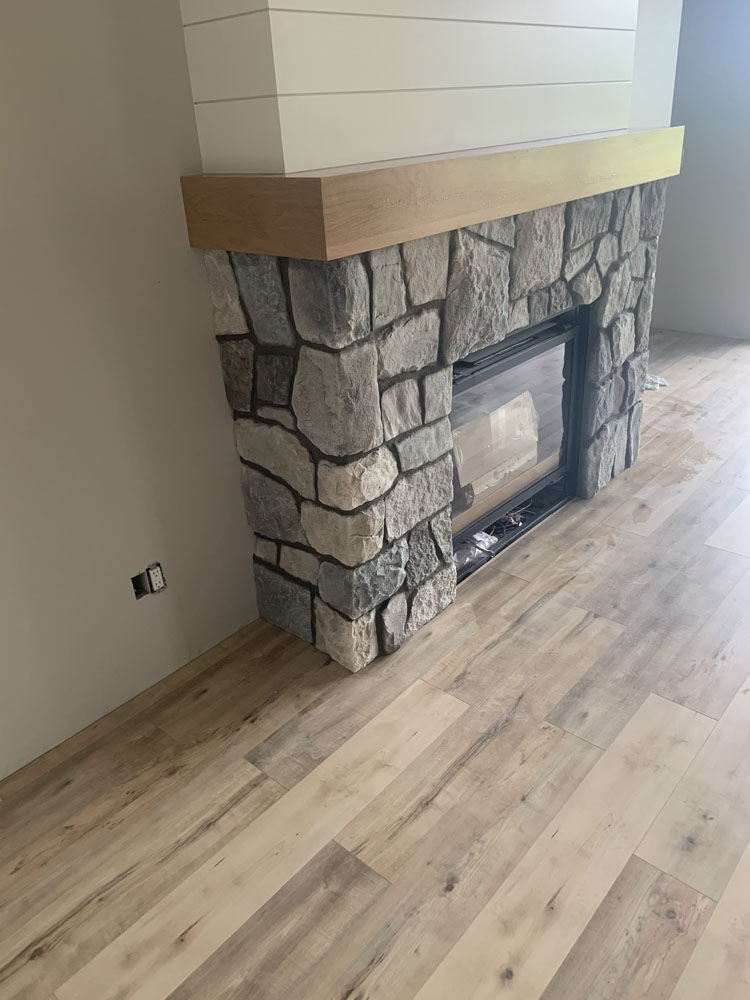Introduction
In an age where sustainability has become more than just a buzzword, the construction industry finds itself at a pivotal crossroads. With global climate change knocking on our doors and urbanization rapidly accelerating, it’s high time we shift our focus towards sustainable building practices. Enter masonry, a time-honored technique that not only brings aesthetic beauty to structures but also offers eco-friendly solutions.
This guide aims to delve deep into "Masonry for a Better Planet: Sustainable Techniques You Should Know," showcasing innovative approaches, materials, and strategies that can make masonry not just functional but environmentally responsible. Whether you're a seasoned masonry contractor or just someone curious about the field, this article is packed with insights that can lead to a better planet.
What is Masonry? A Brief Overview
Understanding the Basics of Masonry
Masonry refers to the building method involving the construction of structures from individual units, often laid in mortar. The typical materials include bricks, stones, and concrete blocks. While traditional masonry has existed for centuries, modern practices have evolved substantially.

The Role of a Masonry Contractor
A masonry contractor is crucial in ensuring that these techniques are applied correctly and sustainably. By working with various materials and More helpful hints understanding structural integrity, they contribute significantly to energy efficiency and sustainability in construction.
Masonry for a Better Planet: Sustainable Techniques You Should Know
1. Eco-Friendly Materials: The Heart of Sustainable Masonry
1.1 Recycled Materials in Masonry
Using recycled materials like reclaimed bricks and concrete can dramatically lessen the environmental impact of new constructions. Not only do these materials reduce waste in landfills, but they also provide unique textures and colors that enhance visual appeal.
1.2 Local Sourcing: Supporting Local Economies
Sourcing materials locally minimizes transportation emissions and fosters community growth. Plus, using local stone or clay often results in products that blend seamlessly with regional architecture.
2. Innovative Masonry Techniques for Sustainability
2.1 Rammed Earth Construction
Rammed earth is an ancient technique gaining traction today for its sustainability credentials. By compacting soil into forms, builders create walls that are not only strong but also offer excellent thermal mass properties.
2.2 Straw Bale Construction
Straw bales are an unconventional yet effective material in masonry construction that provides high insulation values while being entirely biodegradable.
3. Energy Efficiency Through Design Strategies
3.1 Passive Solar Design with Masonry
Integrating passive solar design principles into masonry projects can significantly reduce energy consumption by harnessing natural sunlight for heating and lighting purposes.
3.2 Thermal Mass: Nature's Insulator
Masonry's inherent thermal mass helps stabilize indoor temperatures; warm during winter and cool during summer, thus reducing reliance on heating or cooling systems.
4. Water Management Techniques in Masonry Construction
4.1 Permeable Pavers: A Revolutionary Approach to Drainage
Permeable pavers allow water to seep through surfaces rather than run off into drainage systems or streets, effectively managing stormwater and reducing flooding risks.
4.2 Green Roofs as an Extension of Masonry Structures
Incorporating green roofs into masonry buildings creates natural insulation while also enhancing biodiversity in urban environments.
Why Choose Sustainable Masonry? Key Benefits Explored
5. Environmental Impact: Reducing Carbon Footprint
Opting for sustainable masonry techniques can significantly lower carbon emissions associated with traditional building methods—everything from material sourcing to waste management plays a role here.
6. Economic Advantages: Long-Term Cost Savings
While initial costs may be higher when implementing sustainable techniques like rammed earth or straw bale construction, long-term savings on energy bills make them economically viable choices.
7. Healthier Living Spaces: Enhanced Indoor Air Quality
Sustainable materials often contribute positively to indoor air quality by avoiding harmful chemicals found in conventional building products.
Implementing Sustainable Practices: Tips for Homeowners and Contractors alike
8. Working with Experienced Professionals
Hiring experienced masonry contractors who specialize in sustainable practices is crucial for achieving desired outcomes without compromising structural integrity or aesthetics.
9. Continuous Learning: Staying Updated on Innovations
Both homeowners and contractors should commit to ongoing education regarding Masonry Contractor new materials and techniques available within the realm of sustainable masonry practices.
FAQs
Q1: What makes rammed earth construction sustainable?
A1: Rammed earth uses natural soil compacted into forms; it requires minimal resources compared to traditional building methods while providing excellent insulation properties.
Q2: How does using local materials contribute to sustainability?
A2: Local sourcing reduces transportation emissions associated with material delivery while supporting local economies—an essential aspect of holistic sustainability efforts.
Q3: Can I incorporate greenery into my masonry project?
A3: Absolutely! Green roofs or vertical gardens can be integrated into masonry designs—offering aesthetic benefits alongside insulating properties!
Q4: What role does thermal mass play in energy efficiency?
A4: Thermal mass allows buildings constructed from dense materials like brick or stone to absorb heat during the day and release it slowly at night—regulating indoor temperatures naturally!
Q5: Are there specific certifications for sustainable masonry practices?
A5: Yes! Look out for certifications such as LEED (Leadership in Energy and Environmental Design) which recognizes environmentally responsible building practices across various sectors including masonry!
Q6: How do permeable pavers work?
A6: Permeable pavers allow rainwater to pass through them instead of running off—aiding groundwater recharge while minimizing flooding risks!
Conclusion
As we navigate toward a more sustainable future, embracing "Masonry for a Better Planet" becomes imperative—not just as builders but as stewards of our environment! Whether you’re looking to renovate your home or embark on new construction altogether, integrating these sustainable techniques will yield benefits far beyond aesthetics; they pave the way toward reduced carbon footprints while enhancing overall community well-being!
Remember—the journey toward sustainability starts with informed choices! So why wait? Connect with knowledgeable contractors today who are ready to help build your vision sustainably!